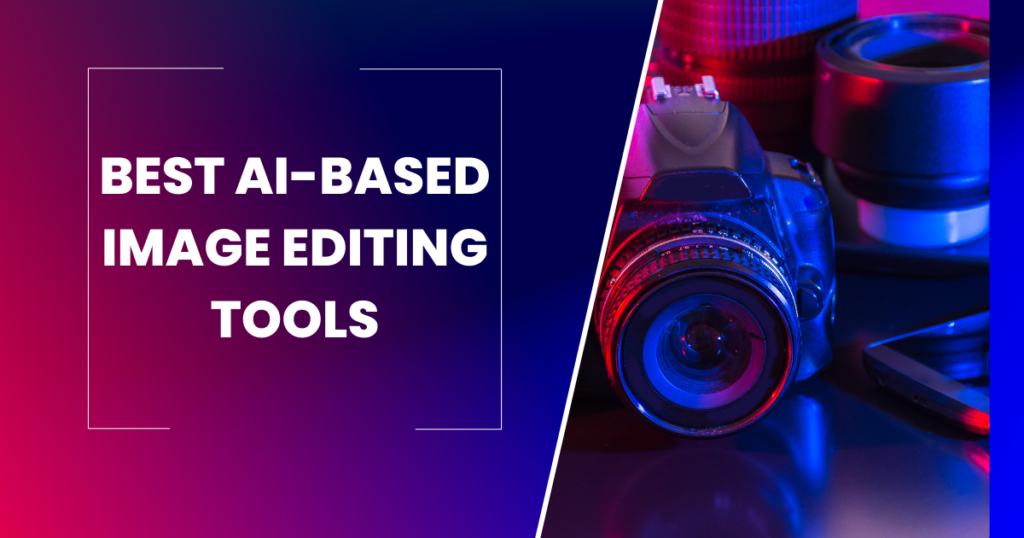Introduction: Image editing in AI encompasses various techniques and approaches aimed at enhancing, modifying, or generating images using artificial intelligence algorithms. Here are some of the types of image editing in AI
-
Image Restoration: AI algorithms can restore old, damaged, or low-quality images by removing noise, repairing artifacts, and enhancing details to improve overall visual quality.
-
Image Enhancement: AI-powered tools can enhance images by adjusting brightness, contrast, color balance, and sharpness to make them visually appealing and more vibrant.
-
Style Transfer: This technique involves applying the artistic style of one image to another using AI algorithms, resulting in visually unique and stylized images.
-
Super-Resolution: AI models can increase the resolution of images by generating high-quality details based on low-resolution inputs, resulting in sharper and more detailed images.
-
Object Removal and Replacement: AI algorithms can intelligently remove or replace objects within images while maintaining visual consistency and realism, enabling advanced editing tasks.
-
Image Synthesis: AI can generate realistic images from scratch based on textual descriptions or other input data, allowing for the creation of new and unique visuals.
-
Semantic Segmentation: AI models can segment images into different regions based on semantic content, enabling precise editing of specific objects or areas within an image.
-
Colorization: AI algorithms can automatically add color to black and white or grayscale images, bringing old photos to life and providing a new perspective on historical visuals.
-
Face Editing and Manipulation: AI-powered tools can edit and manipulate facial features, expressions, and attributes in images, enabling tasks such as face swapping, age progression/regression, and emotion editing.
-
Content-Aware Fill: AI can intelligently fill in missing or unwanted parts of images by analyzing surrounding content and seamlessly blending pixels to maintain visual coherence.
Conclusion: These are just a few examples of the types of image editing tasks that can be accomplished using AI technologies. As AI continues to advance, the possibilities for image editing and manipulation are continually expanding, offering new opportunities for creativity and innovation in visual content creation.
